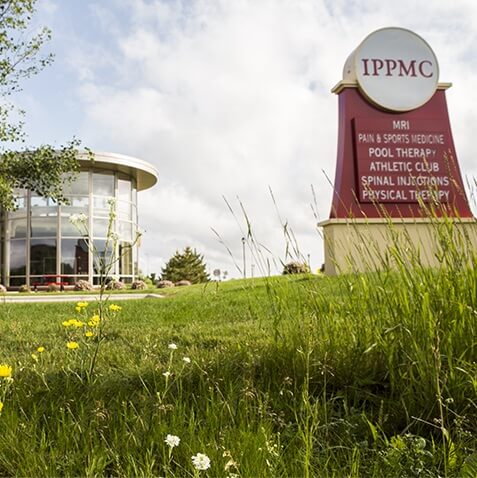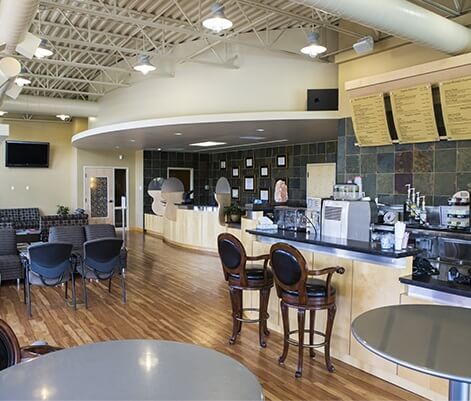Source: MSN Health
It seems like every other week there’s a new study touting the best way to work out. And, really, how you do it depends a lot on your goal—someone looking to gain muscle mass may hit the gym differently than someone training for a triathlon. A few specific trends have emerged in recent years regarding working out for general fitness, and more specifically how to elicit the optimal metabolic response—that “afterburn” effect of continued calorie consumption for up to 48 hours after a session—e.g., the biggest bang for your effort and time.
What the studies have in common: taking a circuit approach to resistance training, using heavy-but-manageable loads, alternately working multiple muscle groups, and rotating through the exercises with little or no rest in between.
We asked exercise scientist Jeffrey M. Willardson, Ph.D., CSCS, associate professor of Kinesiology and Sports Studies at Eastern Illinois University to design a workout that incorporates these principles. Do each exercise for 10 to 15 repetitions, using weights that produce fatigue but not failure, and go from one move to the next without stopping. Willardson suggests repeating the circuit one to three times, every other day.
1. DUMBBELL FRONT SQUATS
Set your feet hip-to-shoulder-width apart. Holding dumbbells above your shoulders, elbows bent and close to your sides, inhale as you sit back deeply while keeping your chest high, into a squat. Exhale and press the floor away to come back to stand.
2. DUMBBELL SHOULDER PRESSES
Start with the dumbbells in your hands, fingers facing forward, just above your shoulders by your ears. Soften your knees. Inhale, then exhale as you press the ‘bells above your head, together but not touching. Resist the weight as you bring them back down.
3. BARBELL BENTOVER ROWS
Begin bending down by sending your hips back so your torso is hinged at the waist; lightly bend your knees. Let the barbell hang in front of your legs, fingers facing them, but don’t allow your shoulders to droop forward. Inhale, then exhale as you row the barbell up, pulling your shoulder blades together at the top. Slowly lower it back to start.
4. DUMBBELL SPLIT SQUATS (EACH SIDE)
With dumbbells hanging by your sides, elevate one foot behind you on a bench. Keeping a slight forward lean into your front leg, inhale as you bend the front leg until it’s at or close to a 90-degree angle (you may need to move your foot forward or backward). Exhale as you push into the front foot to straighten the leg.
5. DUMBBELL CHEST PRESSES ON SWISS BALL
Sit on a Swiss ball, resting the dumbbells on your thighs. Slowly walk your body forward until your upper back is resting on the ball and your feet are right under your knees, which are bent at 90-degree angles. Shift the dumbbells so they’re in chest-press position, elbows slightly flared to the sides. Without letting your hips sag, inhale, then exhale and press the dumbbells up so your arms are straight above your chest. Inhale as you lower the weights back down.
6. WIDE-GRIP PULLUPS (ASSISTED IF NEEDED)
On a bar or assisted pullup machine, place your hands so they are each 6-8 inches beyond your shoulder width, fingers facing away from you. Inhale, then exhale as you pull your body up, chin above the bar. Inhale as you lower down with control.
7. DUMBBELL STEP-UPS
Hold a dumbbell in each hand at your sides. Using a box or bench, inhale then exhale as you step up with one foot and follow with the other so you’re standing atop the platform. Step back down with the same foot. Do it again, leading with the opposite foot. That’s one rep.
8. MEDICINE BALL FLOOR SLAMS
With feet shoulder-width apart, lift a heavy, soft medicine ball above your head. Inhale, then using all the force you can muster, slam that ball into the floor in front of you. Catch it on the rebound (or pick it up) and repeat.
9. BARBELL HIP THRUSTS
Sit on the floor with your back perpendicular to a weight bench, and a barbell resting in your hip crease. Rest your shoulders against the bench and bend your knees so your feet are on the floor. With your hands holding the barbell in place, inhale, then exhale as you press your hips toward the ceiling, such that your body from knees to shoulders forms a flat tabletop position and your feet are flat on the ground directly below your knees. Inhale as you crease your hips to lower your butt back down.
10. DECLINE PUSHUPS
Come into plank position with your feet elevated on a bench. Inhale as you lower yourself down, chest toward the ground, taking care that your elbows stay tucked back, not flaring to the sides. Exhale as you push up.


